How to Outlast the Elements
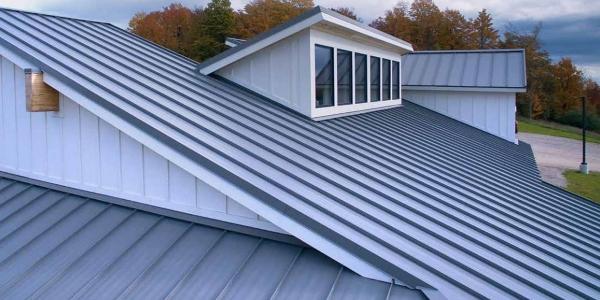
By Mike Gwizdala, EXCEPTIONAL® Metals.
Metal roofs are meant to stand up to nearly all environmental struggles; discover how this building material can benefit any structure.
It doesn’t matter if you live in the lines of hurricanes or in hailstorm alley, the odds are that extreme weather will strain your building materials. Be it wind, snow, moisture or heat, you will need a high-quality roof that can stand up to the elements. That’s why you want a metal roof. Metal can handle moisture, wind, corrosion, lightning and just about anything else Mother Nature throws at your home while also improving your home’s climate resilience and overall building performance.
At EXCEPTIONAL® Metals we want buildings to withstand the test of time. In this article, we provide an in-depth look at how incorporating metal panels into your new construction project or existing structure is beneficial for almost any application.
Safety in strength
Put simply, metal panels are made to last. When properly installed and maintained, their lifespan can extend up to 50 years. That’s double the life expectancy of most asphalt shingles.
While much of that longevity can be attributed to the engineering and physical properties of the raw materials used to manufacture the panels, there are also rigorous industry standards in place that manufacturers must test their products against to verify performance for a wide variety of environmental stressors.
Hail
When a hailstorm strikes, it can cause catastrophic degradation to traditional roofing systems, including scratches, tears and punctures. Depending on the degree of damage, complete roof replacement may be the only option.
For metal roofs, however, the outcome is much different. While the gauge of the panel plays a role in its durability against impacts like hail, metal panels by their very nature are engineered to provide more robust protection. When hail damage is reported on metal roofs, more often than not it is only cosmetic and does not affect the performance of the system.
If you live in an area that is prone to heavy hail storms, thicker gauge panels are an ideal solution to provide more resistance to any damage that may occur.
Wind
Just as certain areas of the country are more prone to precipitation than others, certain regions are more likely to see high-wind events and have developed standards that building materials must meet to ensure they can withstand the associated pressures.
A primary advantage of a metal roof is the ability to withstand high winds. This due in part to its attachment methods and interlocking installation where roof panels are overlapped and attached to the structure of the building, reducing the ability of wind to disrupt the panels. When installed properly and in accordance with local code standards, metal panels have been tested and proven to withstand hurricane-force winds, barring damage from debris. Whether you live in the Great Plains or a coastal community, high-wind events and effective building materials must be considered.
Moisture
Since many metal roofing assemblies feature overlapping panel installations along with various sealant products and underlayments designed to provide an additional moisture barrier, water infiltration through the roof is rarely a pain point for building owners.
Of course, as with any roofing system, proper installation and drainage are key to preventing the backup of precipitation which could ultimately lead to unintended water infiltration. If the structure of a roof does not offer an adequate slope for water shedding, you will want to determine what modifications can be made to prevent water from collecting. Additionally, regular maintenance is key to ensuring drainage channels are not blocked with debris and sealants are functioning properly.
Snow
While beautiful when falling from the sky and light enough to catch in the palm of your hand, accumulating snowfall can create serious structural load challenges for buildings in cooler regions of the country. For buildings with traditional roofing systems, the added weight of snow and ice can lead to more frequent damage resulting in water infiltration, and in extreme cases structural failure.
By contrast, metal roofing systems provide a much lighter structural footprint allowing for more even weight distribution when exposed to accumulating snowfall. Additionally, the physical properties of a metal roofing system actually promote the shedding of snow and ice much more effectively than traditional roofing systems, helping to negate long-term accumulation of snow on the rooftop. However, these shedding properties also present safety hazards that must be carefully considered when planning for a metal roof. EXCEPTIONAL Metals offers a variety of snow guard products designed to break up sliding snow from a metal roof, preventing “roof avalanches” that can cause damage to gutters and be hazardous to unsuspecting people nearby.
Fire and lightning
In a wildfire or even structure fires from nearby buildings, flaming branches, leaves and other debris carried by the wind may land on neighboring roofs. Since metal is not combustible or flammable, the chance of a fire developing on a metal roofing system under typical conditions is much less likely.
Additionally, while not common, lightning strikes have been known to connect with a structure, causing a fire. While a rare occurrence, lightning continues to be a common concern for metal roofing owners. This is more fear than reality, however. While metal is conductive, a home with a metal roof is no more prone to lightning strikes than other roofing systems. Actually, metal roofs can be advantageous during a lightning storm. Large metal surfaces do an excellent job of safely dispersing energy generated from a lightning strike.
High heat
If you’re looking to combat extreme heat from the sun, there’s nothing better than a metal roof. High-reflectivity metal roofing panels, which are sometimes called cool metal roofs, reflect the sun’s energy to dissipate heat. This improves energy efficiency and lowers monthly cooling bills.
Withstand extreme weather
Whether you’re an interested property owner or a contractor specializing in installation and upkeep, we’re here to help you better understand the benefits of metal roofs in the face of any environmental stressor.
EXCEPTIONAL Metals provides a variety of metal panels that are ideal for a wide range of applications including residential and commercial spaces, office parks, warehouses, industrial complexes, medical facilities, schools, restaurants, airports and more.
Learn more about EXCEPTIONAL® Metals in their Directory or visit exceptionalmetals.com.
Original article source: EXCEPTIONAL® Metals
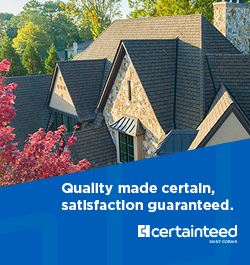
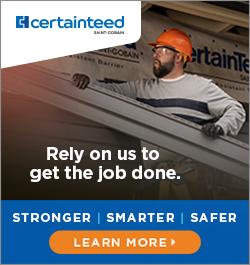
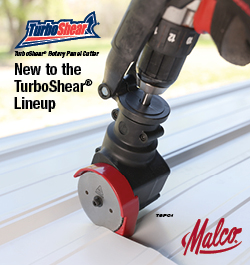











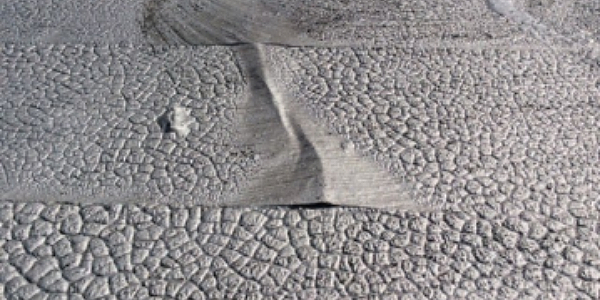
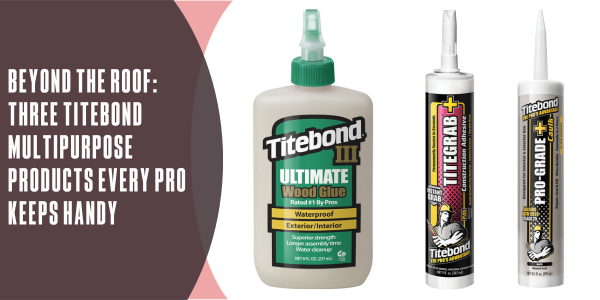


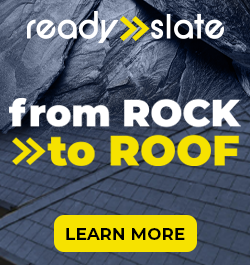



Comments
Leave a Reply
Have an account? Login to leave a comment!
Sign In